
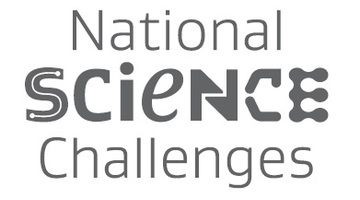
As New Zealanders looking to the future, we are faced with many opportunities – and challenges. These include improving the health of all our people, advancing our economic growth, protecting our ...
READ MORE

The discovery that genes are made up of DNA and can be isolated, copied and manipulated has led to a new era of modern biotechnology. New Zealand has many applications for modern biotechnologies ...
READ MORE

Biotechnology has helped improve the quality of people’s lives for over 10,000 years. Today’s biotechnologies vary in application and complexity. However, they all have potential to change our ...
READ MORE

Honey is antibacterial and can prevent growth of most types of bacteria. This experiment compares the effect of different types of honey on bacteria growing on agar plates. Purpose To compare the ...
READ MORE

The amount of water in honey depends upon the type and quality of the honey. In this experiment, you can compare different honeys to see how much water they contain. Purpose To compare the water ...
READ MORE

The presence of sugar crystals in honey affects the honey’s texture and palatability. In this experiment, you can investigate how crystals form in honey. Purpose To observe honey crystal ...
READ MORE
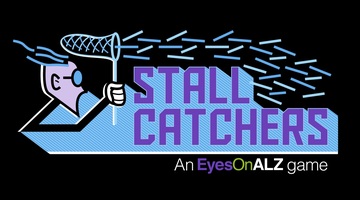
Alzheimer’s disease is an irreversible, progressive brain disorder that slowly destroys memory and thinking skills and eventually even the ability to carry out the simplest tasks. In this online ...
READ MORE
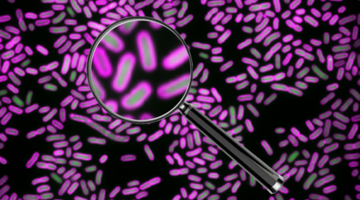
Help this global project to develop a faster test for antibiotic resistance by looking inside bacteria that have been treated with antibiotics. This will improve healthcare for patients with ...
READ MORE
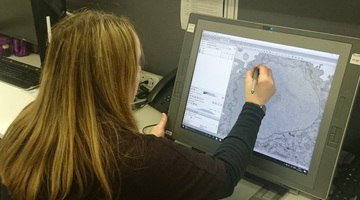
In this online citizen science (OCS) project, participants analyse electron microscope images taken of a range of biological samples, helping scientists better understand cancer, infectious ...
READ MORE
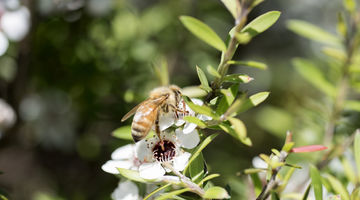
Students investigate the antibacterial properties of Mānuka honey and use their results to produce a dressing that can be used on a wound to kill any bacteria infecting it. Purpose To investigate ...
READ MORE

Students investigate the physical and chemical properties of various honeys to design a way to distinguish Mānuka honey from other types of honey. Purpose Students develop their knowledge of ...
READ MORE

Secondary students learn about bacteria, how the immune system responds to them and the use of honey to kill them in infected wounds. Experiments to explore the properties of different types of ...
READ MORE
Associate Professor Tony Poole (University of Otago) explains how electron tomography can be used to build up three-dimensional models of structures in cells. He describes how his PhD student ...
READ MORE
University of Otago Associate Professor Tony Poole has spent decades investigating how the primary cilium works. He tells us how electron tomography has enabled him to build a 3D model of the ...
READ MORE
LCT has developed a pig cell transplant product to treat type 1 diabetes. LCT’s DIABECELL product uses islets extracted from the pancreas of 7–16 day old piglets to produce insulin in response to ...
READ MORE
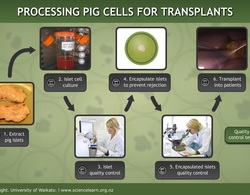
An overview of the process used to make a pig cell transplant treatment for type 1 diabetes.
READ MORE
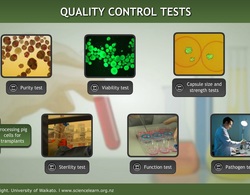
An overview of the quality control checks used within the process to make a pig cell transplant treatment for type 1 diabetes.
READ MORE

Use this interactive to discover a range of resources about microorganisms and antimicrobial resistance. Select a label for more information. Go here for further information, including the ...
READ MORE